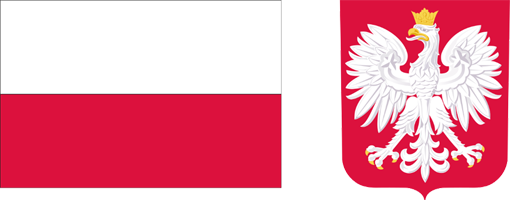Current issue
Archive
About the Journal
Aims and Scope
Editorial Board/Editorial Team
List of reviewers
Publishing process
Publishing Ethics and Malpractice Statement
Personal data protection (GDPR)
Creative Commons License
CrossRef Member / Similarity Check
For Authors
Call for papers
Guidelines for authors
Submitting a manuscript through the editorial system – step by step
For Reviewers
Peer review process
Guidelines for reviewers
Submitting a review – step by step
Contact
RESEARCH PAPER
ENVIRONMENTAL, ORGANIZATIONAL, AND ECONOMIC IMPLICATIONS FOR AGRICULTURE IN AREAS
WITH DIFFERENT SHARE OF THE NATURA 2000 NETWORK
1
Instytut Ekonomiki Rolnictwa i Gospodarki Żywnościowej Państwowy Instytut Badawczy
Submission date: 2022-03-03
Final review date: 2022-03-16
Acceptance date: 2022-03-31
Publication date: 2022-06-28
Zagadnienia Ekonomiki Rolnej / Problems of Agricultural Economics 2022;371(2):47-78
KEYWORDS
TOPICS
ABSTRACT
The aim of the study is to assess environmental, organizational, and economic implications for agriculture in municipalities with different share of the Natura 2000 network in Poland. Data on the distribution of Natura 2000 sites and natural management conditions in municipalities are derived from the General Directorate for Environmental Protection and the Institute of Soil Science and Plant Cultivation State Research Institute for 2018. Data on the features of the organizational potential of agriculture across municipalities were collected from the Agency for Restructuring and Modernisation of Agriculture. They were generated on the basis of applications for direct payments under the 2016 and 2021 campaigns submitted by 1345.2 and 1269.5 thousand farms, i.e., the beneficiaries of the 2014–2020 common agricultural policy (CAP), respectively. It was found that municipalities with a large and particularly large share of Natura 2000 areas, as compared to municipalities without such areas, were characterized by significantly worse management conditions and a more diverse landscape, as well as a larger share in agricultural area with extensive production characteristic of high nature value farmlands (HNVf) designated in Poland under the 2014–2020 CAP. Farms located in Natura 2000 areas, as compared to other farms, were characterized by a larger average agricultural area, as well as by lower labor inputs per 1 ha of agricultural area. They were characterized by lower total costs, including direct costs, which resulted in lower factor productivity and income per 1 ha of agricultural area. The conclusion was that they had less development opportunities.
Share
RELATED ARTICLE
We process personal data collected when visiting the website. The function of obtaining information about users and their behavior is carried out by voluntarily entered information in forms and saving cookies in end devices. Data, including cookies, are used to provide services, improve the user experience and to analyze the traffic in accordance with the Privacy policy. Data are also collected and processed by Google Analytics tool (more).
You can change cookies settings in your browser. Restricted use of cookies in the browser configuration may affect some functionalities of the website.
You can change cookies settings in your browser. Restricted use of cookies in the browser configuration may affect some functionalities of the website.




